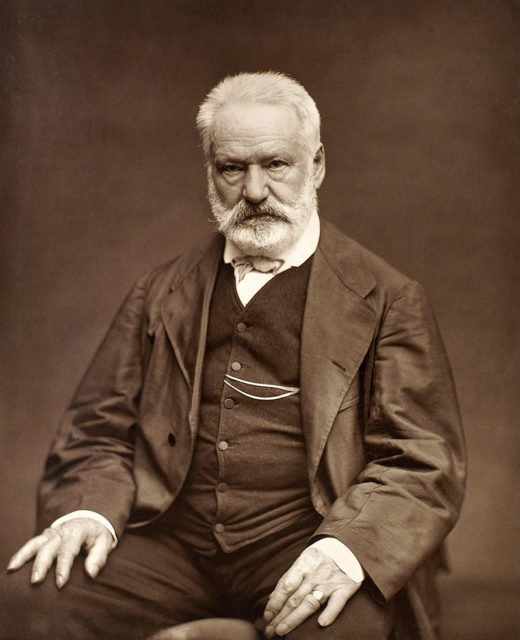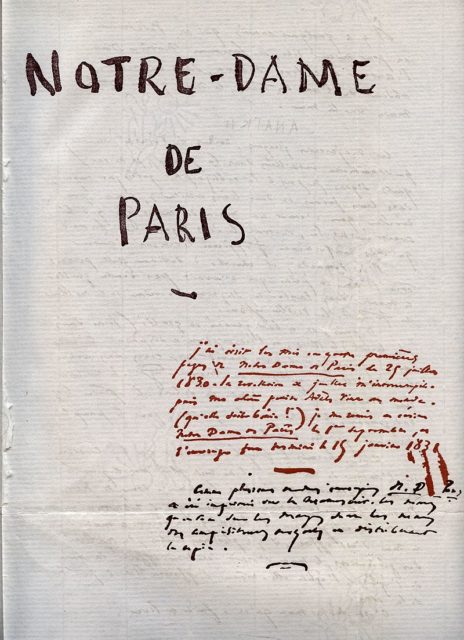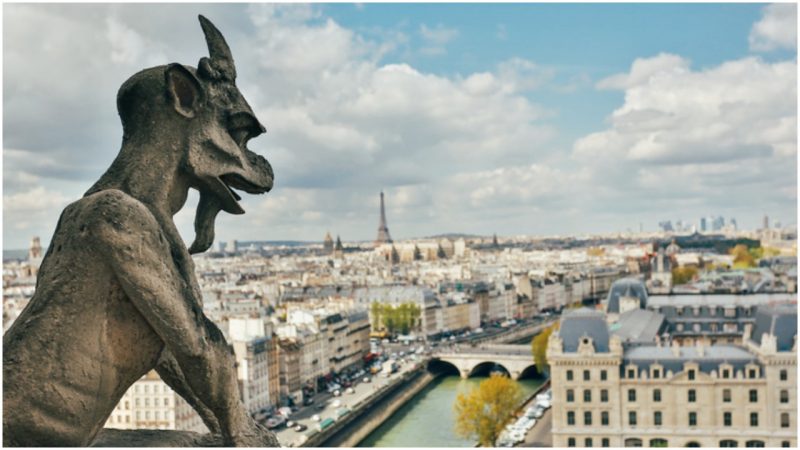Victor Hugo, a poet and novelist, was born in 1802 and belonged to the Romantic movement. Although he studied law in his youth, he never worked as a lawyer but took to writing instead, and is one of the most well-known French writers of the century.
Hugo’s mother is the one that encouraged him to devote his life to literature, and the first pieces he wrote were published in his journal, named Conservateur Littéraire. Hugo got married in 1821 and in 1823 he published his first novel. His writing style was innovative and recognizable and he was soon established as one of the biggest literature figures in France.
In 1831, Victor Hugo published his most famous novel, “The Hunchback of Notre Dame”. The writer worked on the book for 2 years, in which he described the life of the hunchback Quasimodo, who was treated as a monster and feared by the locals. Quasimodo finds sanctuary in the Notre Dame cathedral, where he is actually abandoned by his family after they exchanged him for a physically normal baby.

Quasimodo is, in fact, a symbol for the forgotten Gothic architecture of Paris, and the book is Hugo’s way of alerting the citizens of the City of Light to preserve the beautiful buildings of the city. At the dawn of the 19th century, many Gothic buildings were demolished and new modern constructions were built in their place.
The Gothic architecture became undervalued, and the writer became disturbed because of this. One example of the destruction of the Gothic buildings was the replacement of the original stained glass windows of Notre Dame with plain white glass, just to let light inside the cathedral. In 1829, Victor Hugo began his masterpiece, which was a reminder of the importance of Gothic architecture. The book focuses more on the style and the details of the buildings than on the story itself.

“The Hunchback of Notre Dame” was not the only novel Hugo wrote that carried the same message. A few years prior to the release of his greatest work, Hugo published a paper named “War to the Demolishers”, in which he openly spoke about the importance of the architecture as an art form.
However, this paper did not have the same effect as the “Hunchback of Notre Dame”. Hugo’s masterpiece became extremely popular and it instigated the creation of a movement which fought for the preservation of the Gothic architecture in Paris.

As years passed, Victor Hugo became politically active and involved in the mischievous political scene of France. In 1843, his daughter and her husband died, and this unfortunate event caused the writer to step down from public life. He began the work of his new book entitled “Les Miserables”, which he had to finish and publish in Brussels, the place where he found sanctuary in 1851, running from the coup in France.
Read another story from us: Victor Hugo earned 300,000 francs for his masterwork “Les Misérables”
The book was published in 1862, becoming an instant hit all across Europe and the United States. Victor Hugo returned to Paris in 1870, only to live through several more tragedies, such as the deaths of his sons in 1871 and 1873. In his later years, the life of the romantic was sad and dark, and this is depicted in his novels written during that time. Victor Hugo died 22 May 1885 and had a hero’s funeral, as he was loved and admired by many; more than 2 million fans came out to pay homage to the great writer.
